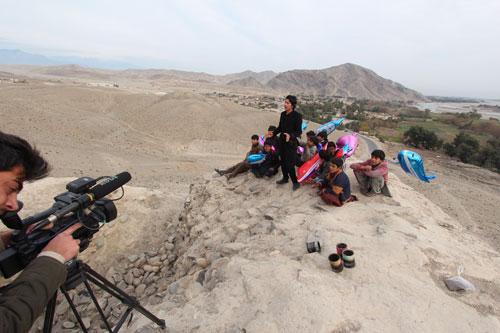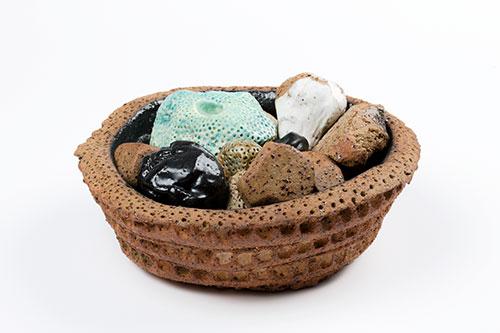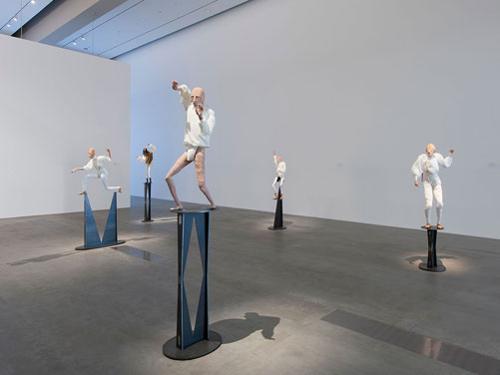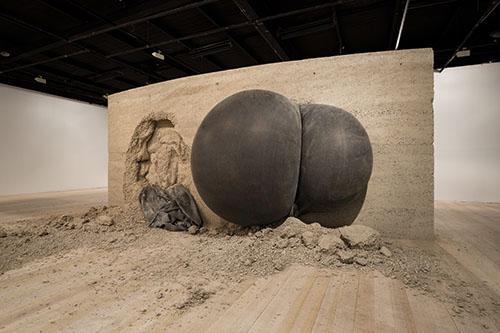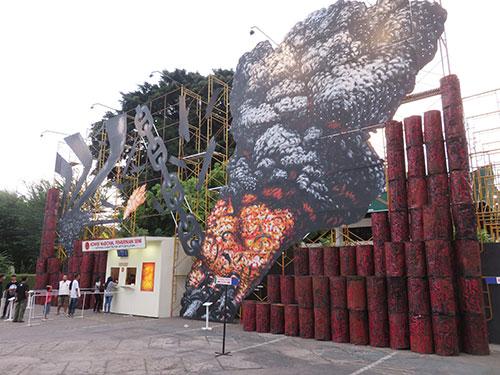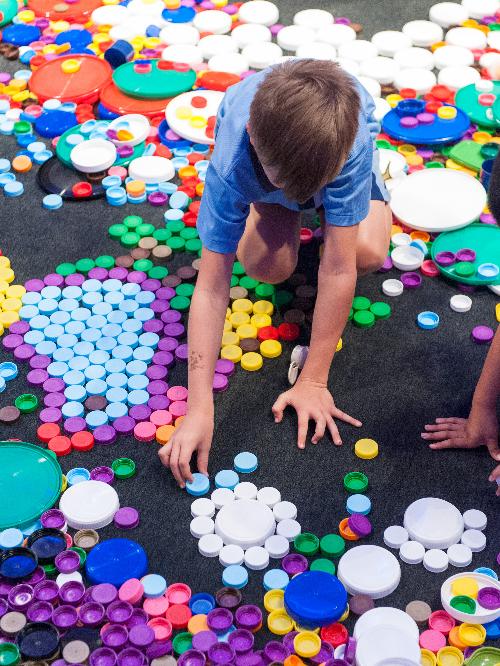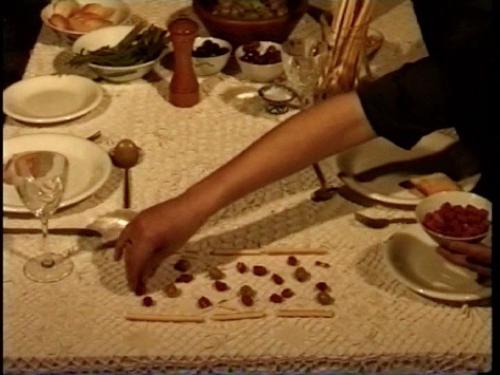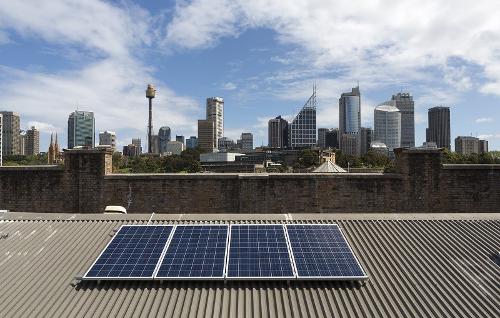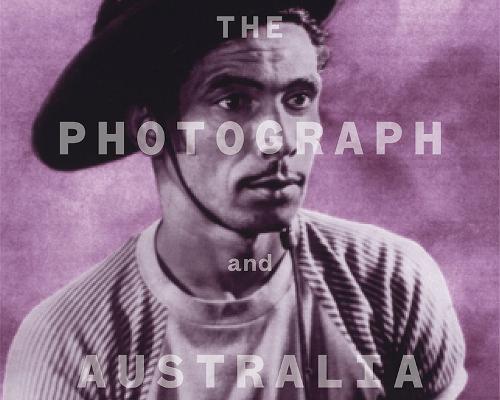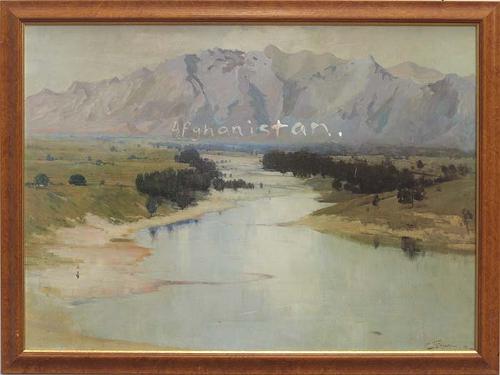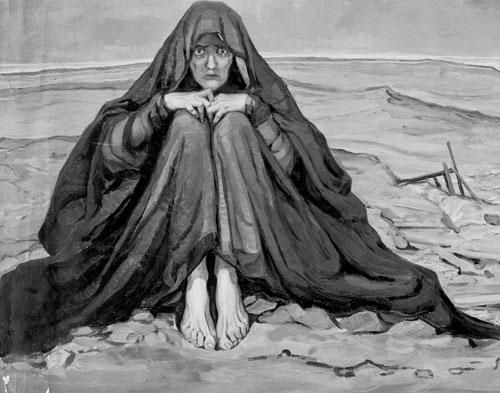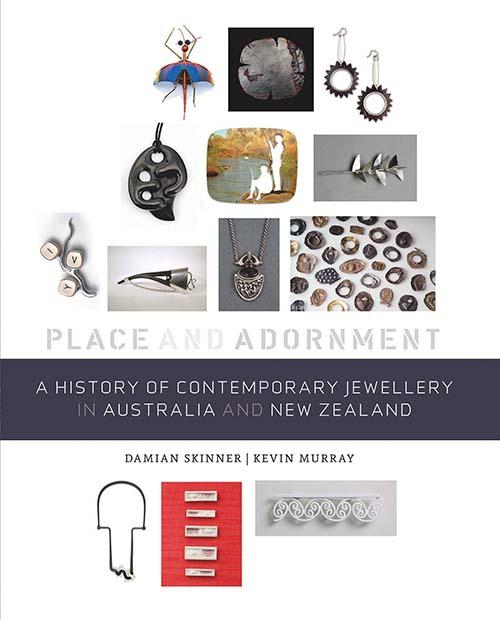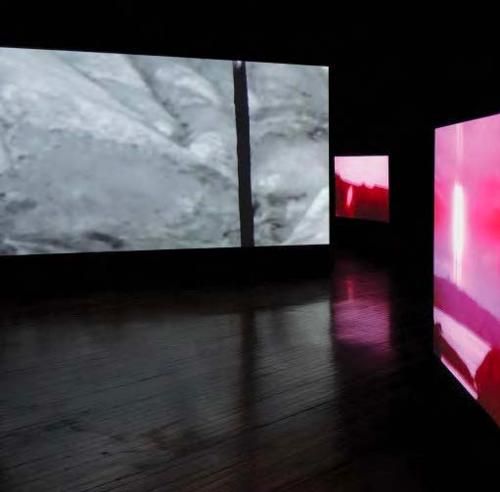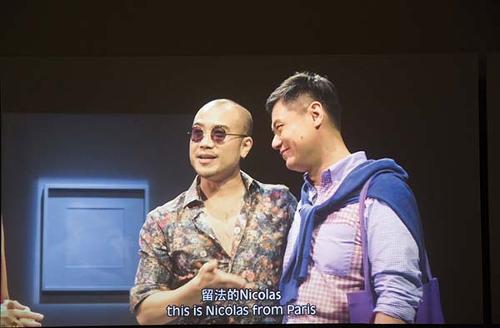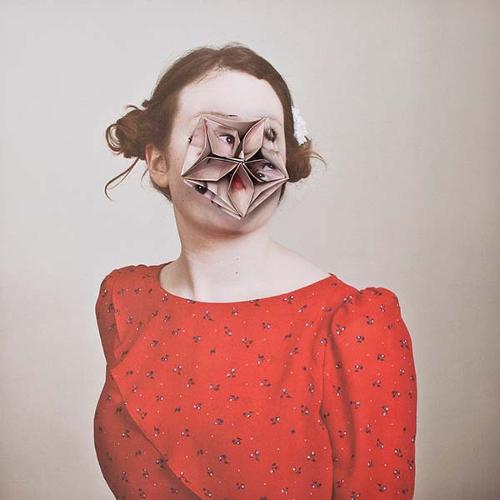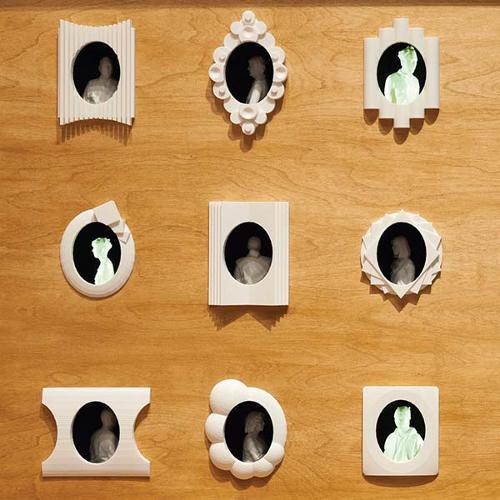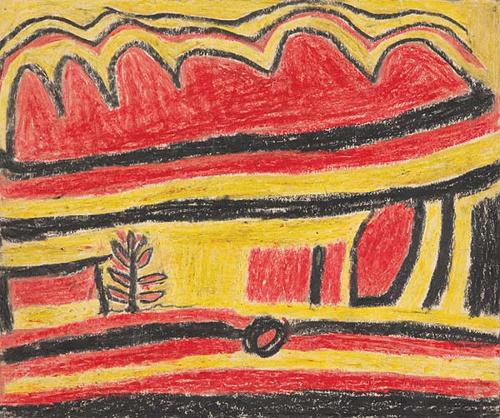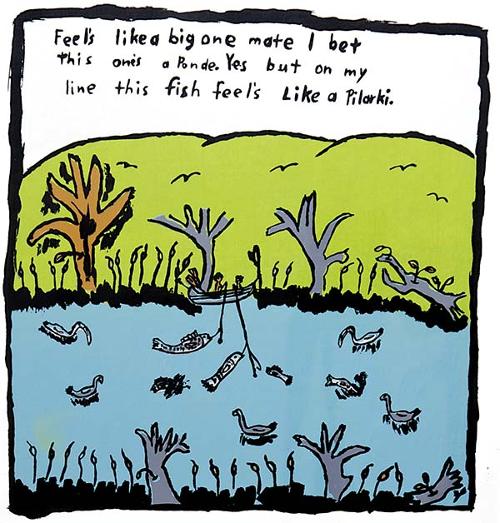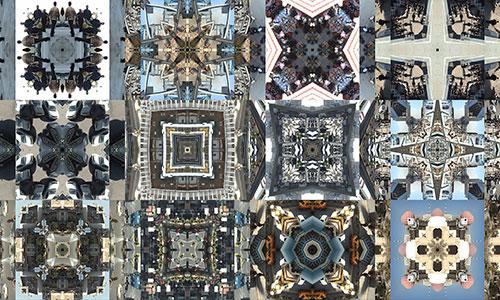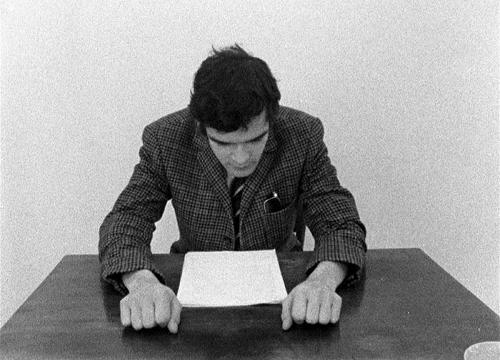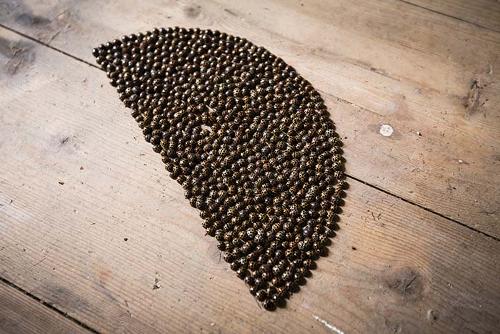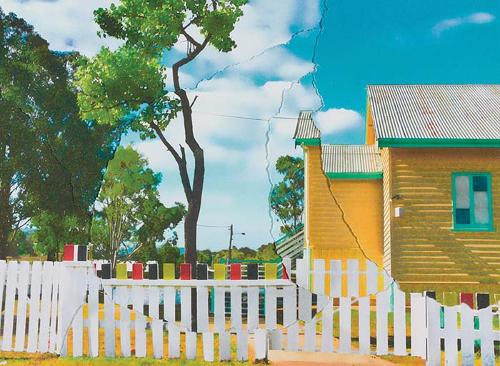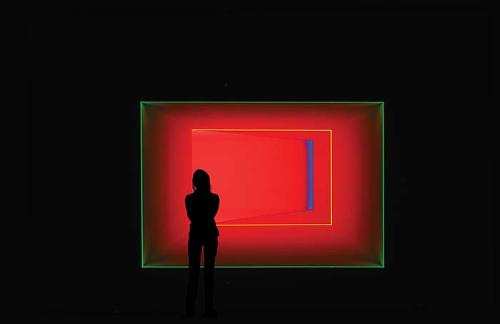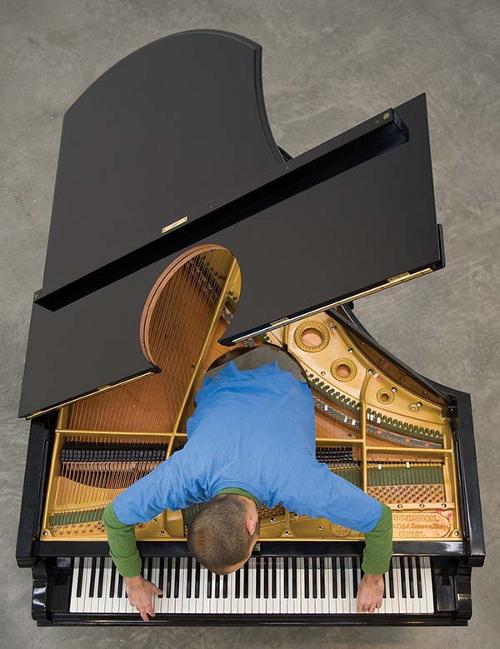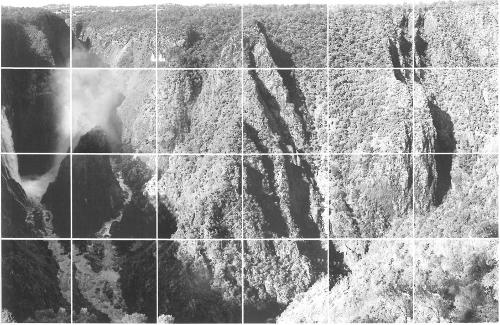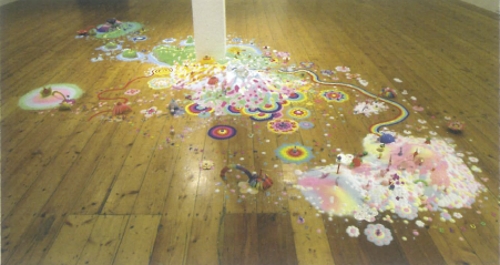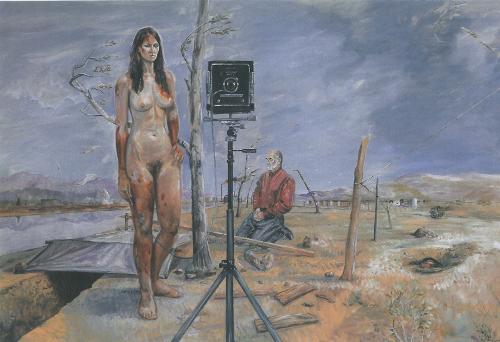Search
You searched for contributors, issues and articles tagged with War ...
Contributors
Artlink
Adam Geczy
Adele Hann
Adelè Sliuzas
Alan Cruickshank
Alex Taylor
Alison Carroll
Altair Roelants
Andrew Nicholls
Andrew Sayers
Andrew Yip
Angela Valamanesh
Angelika Tyrone
Ann Finegan
Anne Loxley
Barbara Creed
Bartholomew Rose
Ben Byrne
Ben Leslie
Brigid Noone
Bronwyn Bancroft
Carolyn Barnes
Cath Kenneally
Catherine Speck
Charlotte Day
Chris Handran
Chris Wallace-Crabbe
Christina Davidson
Christine Watson
Clare Robertson
Craig Judd
Dale Buckley
Darren Jorgensen
David Bromfield
David Kerr
Deborah White
Denise Robinson
Djon Mundine
Domenico de Clario
Dominique Angeloro
Donald Brook
Donna Brett
Elena Taylor
Ellie Buttrose
Elly Kent
Eve Sullivan
Fay Brauer
Felena Alach
George Petelin
Glenn Barkley
Helena Stewart
Henry F. Skerritt
Hilary Hamnett
Ian Howard
Ian McLean
Ian Milliss
Ian North
Jacqueline Millner
Jane Deeth
Jane Gallagher
Janene Pellarin
Janet Maughan
Jared Davis
Jasmin Stephens
Jennifer Herd
Jessica Campbell
Jo Higgins
Joanna Mendelssohn
John Kean
John Mateer
John Neylon
Josephine Wilson
Juan Davila
Judith Heaven
Julianne Pierce
Juliette Peers
Kate Woodcroft
Kelli Rowe
Kelly Gellatly
Ken Bolton
Kevin Murray
Kirsten Rann
Kit Wise
Larissa Hjorth
Laura Fisher
Léuli Eshraghi
Linda Jaivin
Lisa Slade
Louise Martin-Chew
Madonna Abella
Maggie Baxter
Mammad Aidani
MarIa Tumarkin
Martin Thomas
Mary Knights
Mary Lou Pavlovic
Megan Keating
Melentie Pandilovski
Melinda Rankin
Merryn Gates
Issues
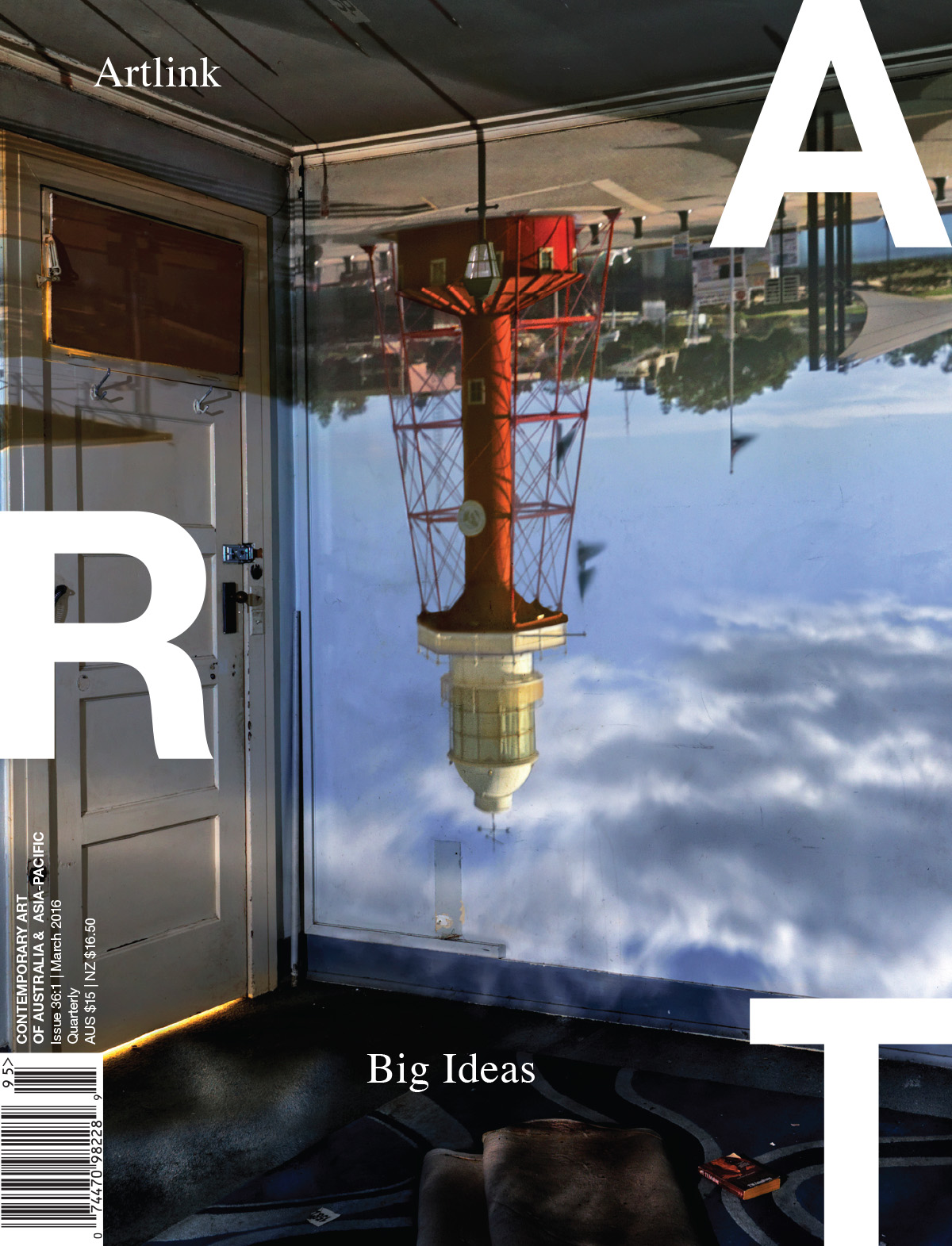
Big Ideas
Issue 36:1 | March 2016
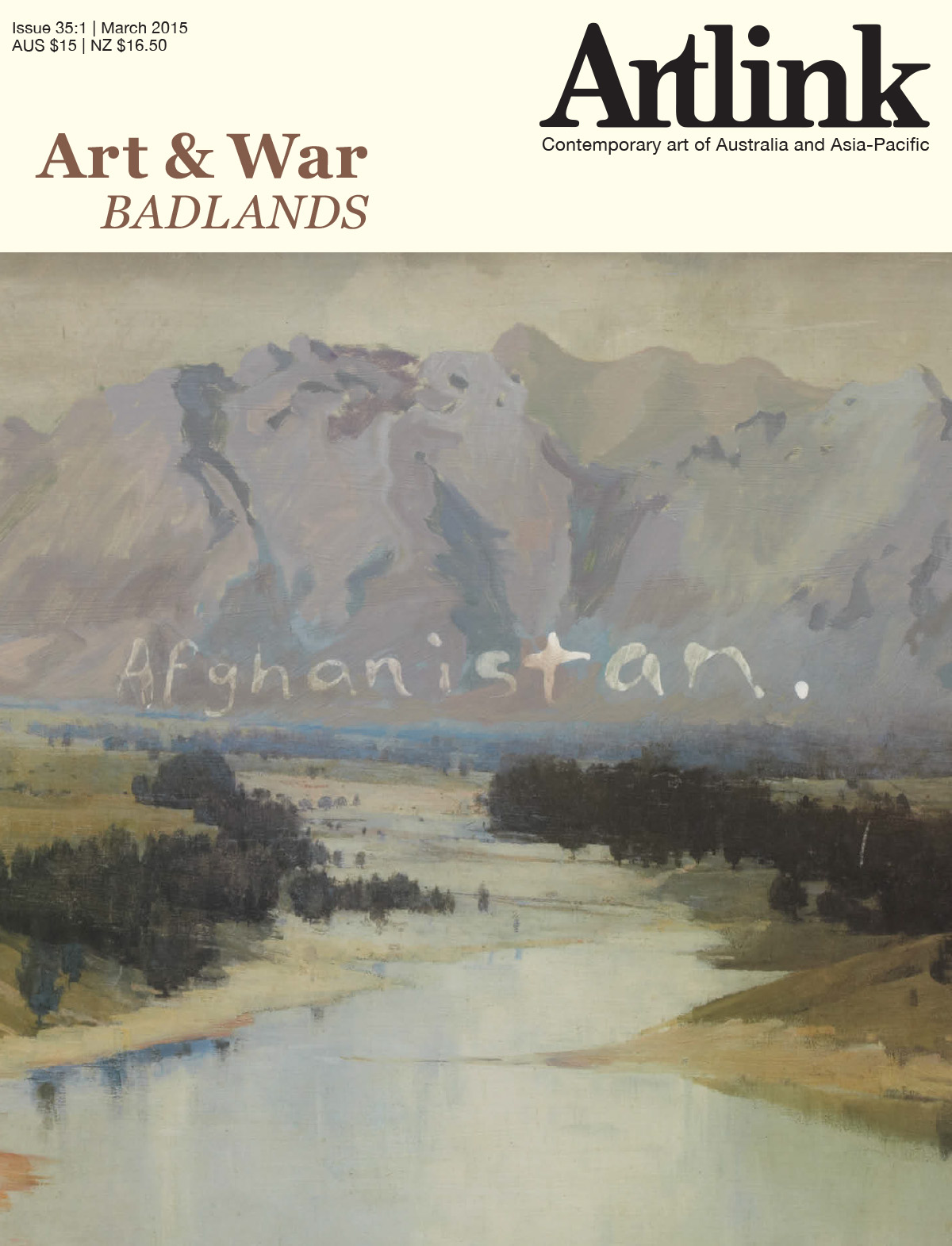
Art & War: Badlands
Issue 35:1 | March 2015
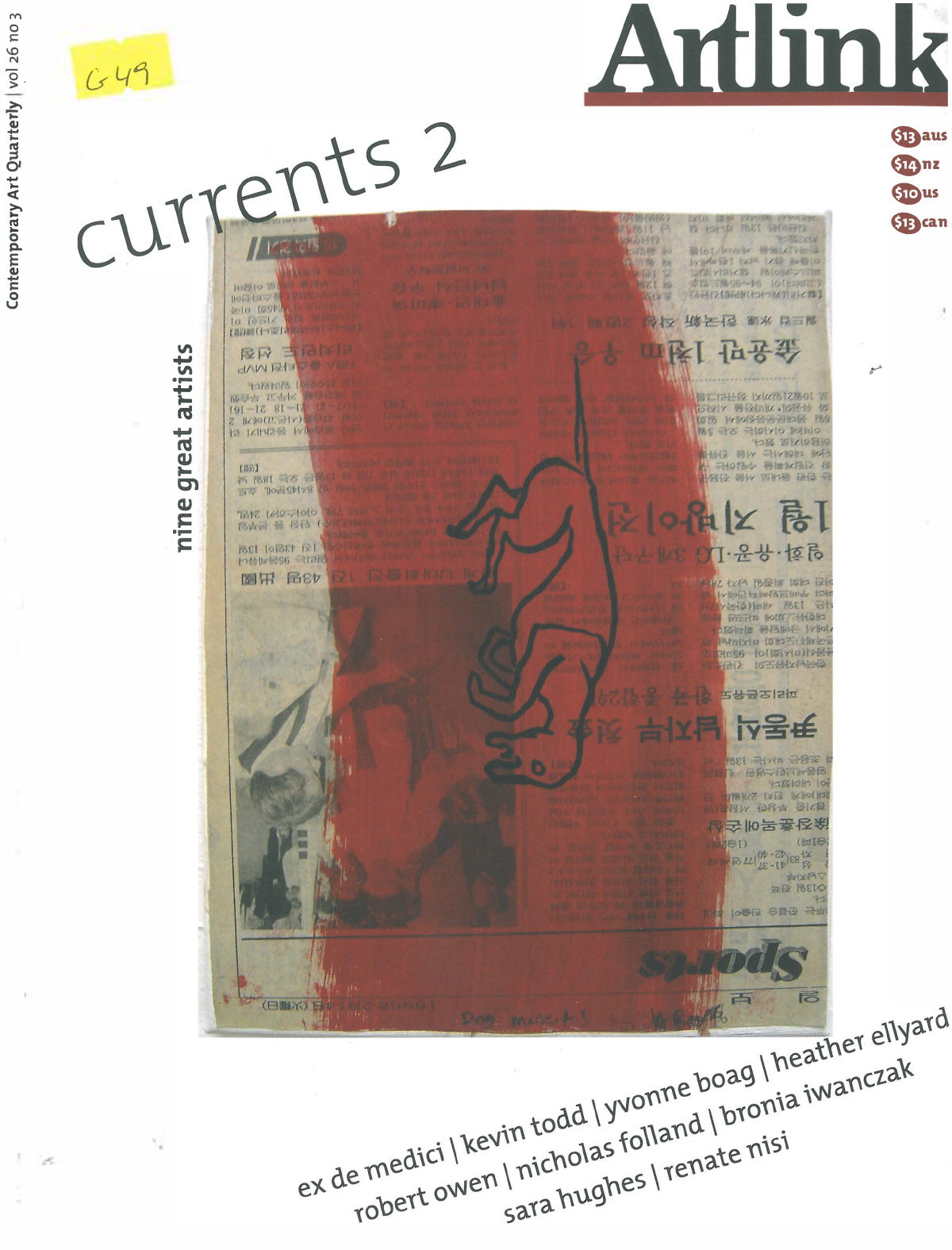
Currents II
Issue 26:3 | September 2006
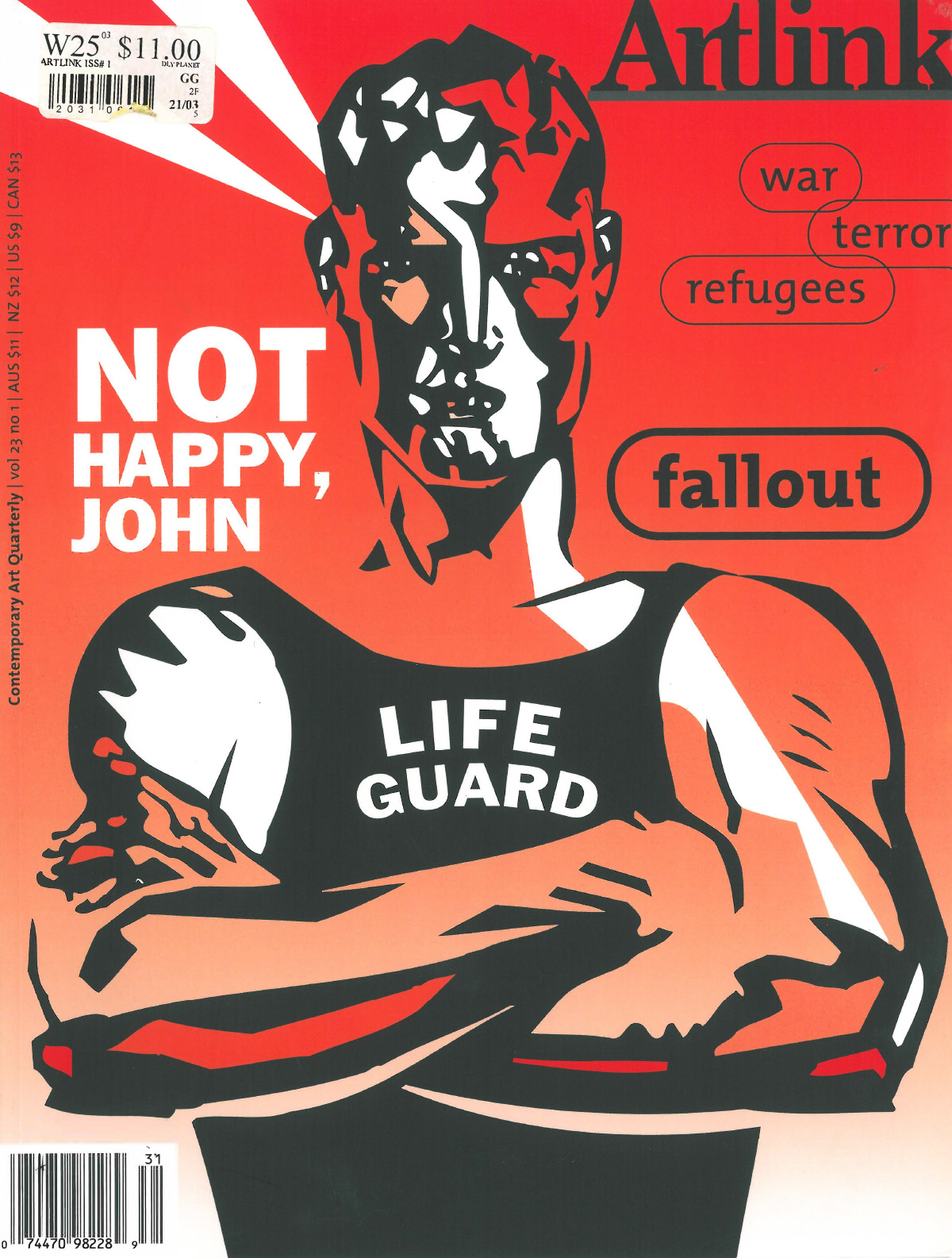
Fallout
Issue 23:1 | March 2003
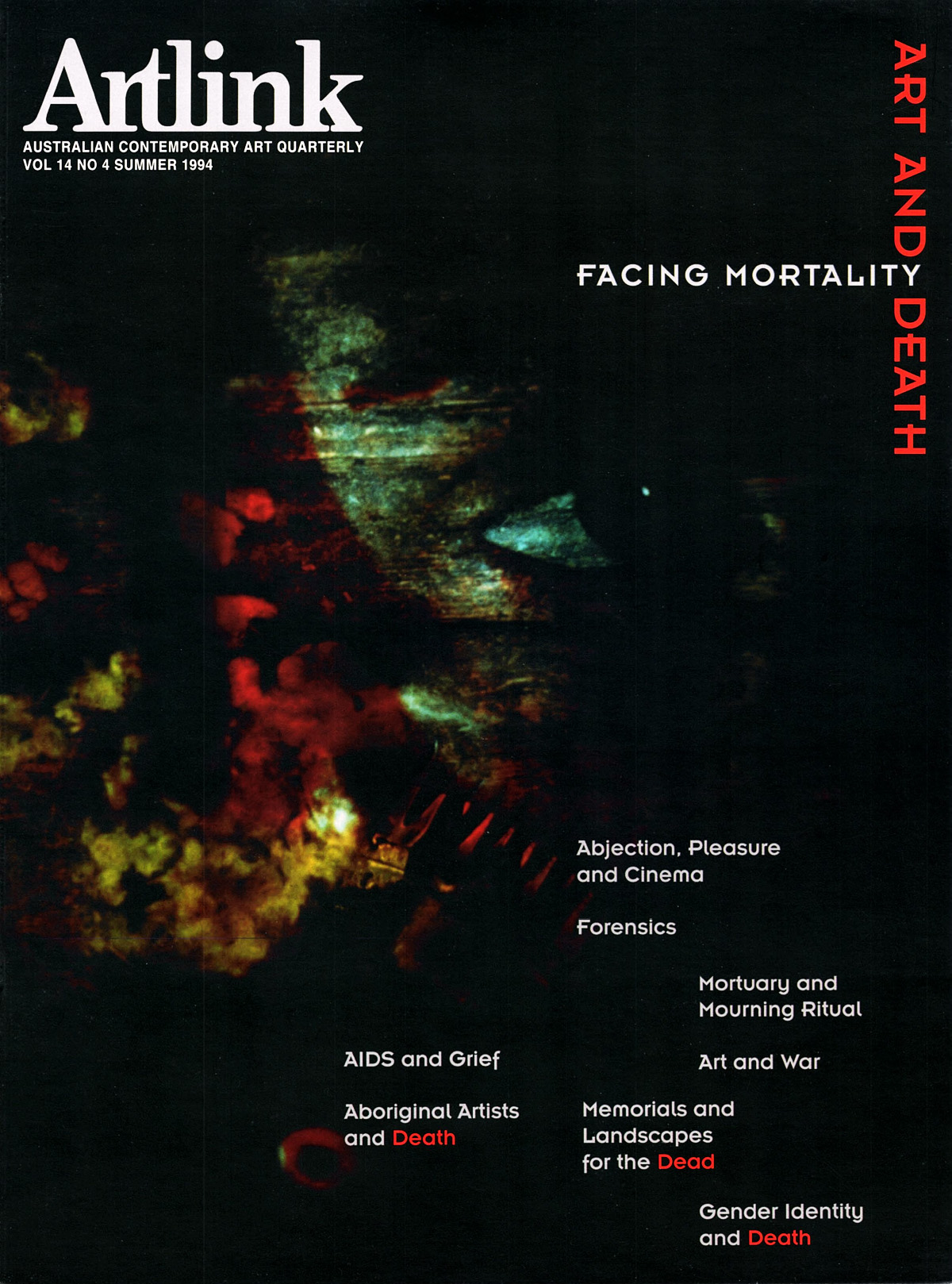
Art & Death: Facing Mortality
Issue 14:4 | December 1994
Articles
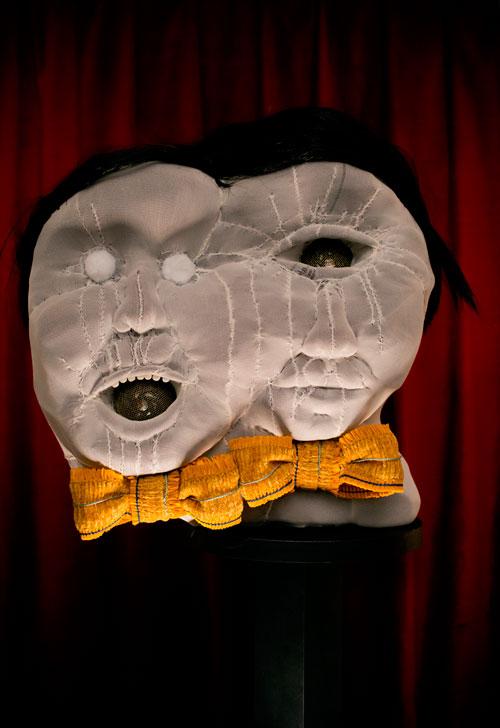
Return to the Wunderkammer
Eve Sullivan interviews Lisa Slade Curator of the 2016 Adelaide Biennial of Australian Art: Magic Object

Let's boycott all biennales!
Ian Milliss on why biennales, like wars, are the continuation of politics by other means

Material thinking and sustainability in contemporary ceramics
Altair Roelants on critical new directions in ceramics from Australia and New Zealand

On First Nations agency in our European-based cultural institutions
Léuli Eshraghi interviews First Nations curators and artists Tess Allas (UNSW Art and Design), Bruce McLean (QAGOMA), Kimberley Moulton (Museum Victoria) and Rosanna Raymond (SaVAge K’lub for APT8)
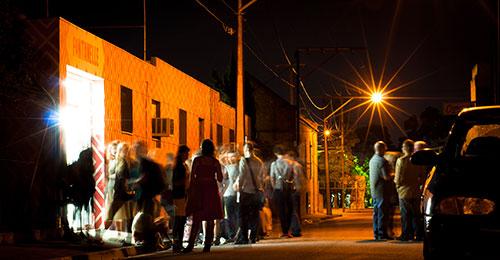
Artist-run initiative: Fontanelle moving to Port Adelaide
Eve Sullivan in conversation with directors Brigid Noone and Ben Leslie

The new National Gallery Singapore: A monument for intersecting histories
Alan Cruickshank on branding the city-state as a global city for the arts

Recalling history to duty: 100 years of Australian war art
Ryan Johnston on Australia's official war art scheme.
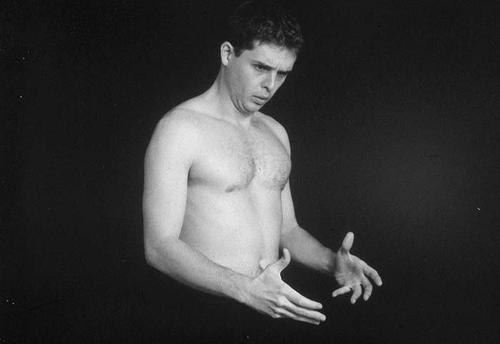
True fairytales of violence: Art and the Holocaust in Hungary
Adam Geczy on art, history and identity politics

Currents II
People involved in the arts and education might have difficulty recognising the Australia that the Treasurer has been talking up recently: the one with the record 4% low unemployment. But the Treasurers spin fails to mention that to be counted as employed you only have to work one hour per week, which bears out the reality of a life in the arts.

ex de Medici: Symbols of Mortality
ex de Medicis self-named approach to her practice Dogs Breakfastism signals an idiosyncratic working method that has seen her embrace photocopy, sound, performance, photography and drawing across a three-decade career. Kelly Gellatly looks at the multifaceted creative occupations of de Medici as both a visual and tattoo artist and the inherent connection she makes in and between these two practices. This text looks at two of de Medicis most prominent series - Gals n Guns and Spectre - through which she explores pressing issues such as global capitalism, corporatisation, materialism and the ongoing war on nature.

Yvonne Boag: Mapping Place, Memory and Conversations
Yvonne Boag is a traveller, a wanderer and keen surveyor of her surroundings. Her concerns of language and place traverse a myriad of media such as paintings, prints and drawings in a career spanning three decades. As Boag commented in 1989 With every new work I start, it seems I am always at a beginning. Each work is an attempt to hold on to time. To make marks of that time, which will trace a pattern through my life& Through this text Donna Brett looks at Boags journeys to places such as Korea, Paris and the Lockhart River and her use of iconography and dense layering as a means of mapping her interaction with places, journeys and people. Some artistic influences here discussed include the works of Roger Hilton, William Scott, Ben Nicholson, Patrick Heron and Avis Newman. The Lockhart River, Urban Landscape and Conversations series are referred to in considerable detail.

Heather Ellyard: Inventories and Commentaries
Heather Ellyards valued objects are static, symbolic, juxtaposed rather than flowing. Ellyard asserts that she wants to speak the lyrics and sorrows of our time. As she has said, I am interested in the glimpses, held, remembered, aligned inclusively&I am interested in awareness and how to acknowledge it within a visual framework. It may be that Ellyards vision of the periodical table is a bridge: between life made up of many little things and the one big thing toward which we all yearn. She leans more to wisdom art than to the mimetic or the sublime. Ellyards art is incorrigibly plural, and sustainedly committed to the broadest kind of human vision. Textual references include the works of D.W. Winnicott, Jacob Rosenberg, Arthur Koestler, Basquiat, Brett Whiteley and Primo Levi amongst others.

Robert Owen: A Different Kind of Modern
Robert Owens longstanding interest in exploring dimensions of light and space beyond the merely visual reaches back into an important line of constructivist art of the early twentieth century. Experiments with form and material have characterised Owens practice throughout his career, as has his openness to heterogeneous influences. Some of the major influences on Owens practice include metaphysical philosophy, Buddhist spirituality, optics, geometry in physics, minimalist sculpture and the work of Marcel Duchamp. This article refers to the works of Naum Gabo, De Stijl, Russian Constructivism, Bauhaus, Lynden Dadswell, Walter Gropius, Chairman Clift, George Johnston, Leonard Cohen, Jack Hirshman, Jean-François Lyotard, Charles Biederman, David Bohm and Stephen Hyde.

Becalmed: The Art of Going Nowhere in the Work of Nicholas Folland
Becalmed: the art of going nowhere in the work of Nicholas Folland

Sara Hughes: The Big Stick Up
The symbolic and perpetual possibilities of pattern are constantly under interrogation in the work of Sara Hughes as she is compelled to inhabit the capricious edges of what painting might be. Being a child of her times, Hughes was part of the sticker generation who adorned the unsuspecting surfaces of schoolbooks, bedroom walls, wardrobes, mirrors and fridges. She applies similar processes to her work as a means of mimicking the act of making something ones own and thus reinforces the claiming and transforming of spatial environments. This article follows Hughes practice through the visitation of childhood moments while simultaneously offering a platform for new conversations about spatial interplays and the shifting dialogues between surface and form, codes and perception and graphic modes and painterly references. Some of Hughes' primary influences include William Gibsons 2003 novel Pattern Recognition and the works of Yayoi Kusama, Takashi Murakami, Yoshinori Tanaka and Sergio Leone.

Renate Nisi: Sculpture of the Senses
Renate Nisi is obsessed by being packaged in a body, that condition common to humans, other animals, plants and even microbes. Growing up in Germany, where 'art had epic qualities', she flirted with the Sublime and the Romantic but converted to Expressionism 'with the figure as central motif.' A further shift has occurred since then, towards minimalism and three-dimensionality, 'away from the sovereignty of forms onto the relational qualities of environments.'

Indigenous Art of the Kimberley > Warmun Arts: The Unfolding Stories
This January, in the startlingly beautiful country of the Warmun Community, rained in by a particularly intense wet season, art matriarch and grandmother of eighteen, Mabel Juli, sat on the veranda of the Ngalangpum School looking through some of the old paintings which comprise the Warmun Community Collection.

Indigenous Art of the Kimberley > New Energy: Mananambarra
On the white walls of the gallery the large paintings of Wandjina by senior Kimberley artist Omborrin beam forth filling the room with the radiance of his beloved Kimberley homelands.

Twenty: Sherman Galleries 1986-2006
Twenty: Sherman Galleries 1986-2006 Laura Murray Cree (ed) Craftsman House ISBN 0 9757684 1 7 RRP $95

Biennale of Sydney 2006
Art Gallery of NSW, Museum of Contemporary Art, Pier 2/3 and 14 other venues in and around Sydney 8 June 27 August 2006

Tracey Clement: Border Zones
Groundfloor Gallery, Balmain SafARI, Pelt, Chippendale Sculpture, installation, jewellery http://www.groundfloorgallery.com/ 14 June - 1 July 2006
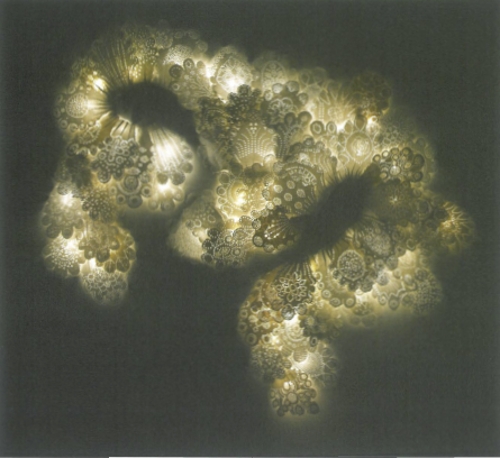
Deluxe: decorous crossover between art and design
Plimsoll Gallery, University of Tasmania Hobart 6 - 26 May 2006

Reflections in a Golden Eye
James Lynch. Sean Meilak. Viv Miller. Jonathan Nichols. Lisa Radford. Michelle Ussher Curated by Jan Duffy and Kate Barber Linden - St Kilda Centre for Contemporary Arts 8 July - 13 August 2006

et al: the second of the ordinary practices
The second of the ordinary practices et al Institute of Modern Art Brisbane 10 June - 22 July

A Memory of Times Past
Australia's 'official culture', the face that government puts on to show the country to the world has changed, and although those changes were set in motion well before the events of 11 September 2001, they are only now beginning to emerge as defining forces. Mendelssohn looks at the role of the 2000 Sydney Olympic Games as a celebration of Australia's diversity and one of the main catalysts for such change. However, there is a darker side to all of this celebratory glory which Mendelssohn has addressed with reference to Australia's political climate and the granting of permission to express its collective worst feelings of fear and loathing.

Refugee stories: Afghanistan & Iran
The Migrant and Workers Resource Centre (MWRC) was established in Brisbane in 1995 by a group of migrant factory workers, with the aim of providing assistance to migrant communities. Recently, the MWRC conducted an independent investigation into the condition of refugees released from detention centres and now residing in Brisbane. The MWRC coordinator and the centre's consultant psychologist, Madonna Abella, visited the homes of refugees for face-to-face interviews, assisted by an interpreter. This article presents the findings of these interviews and the individual experiences of the refugees.

Borderpanic: open channel on refuge
Borderpanic was a conference and tactical media lab hosted by the Museum of Contemporary Art in Sydney, a seminar hosted by Metroscreen and an exhibition at the Performance Space. It was a coming together of artists, activists, cultural theorists and people of social conscience examining a world of burning borders. Many of the artworks exhibited at the Performance Space reflected in positive mode the documentation, connectivity and networking between people around the planet. Some of the artists included in these shows were Julian Burnside, Ghassan Hage, Mickey Quick, Geert Lovink, Stephen Best and Peter Lyssiotis.

The Pathos of Boat People
On 10th April 1999, a large boat carrying 60 passengers and crew who had travelled all the way from China seeking asylum arrived on the shores of the small town of Scotts Head on the mid North coast of NSW. Shayne Higson created a series of poetic images in response to this desperate attempt for freedom. These poignant photographs present the remnants of these asylum seekers, the striped plastic bags and rusting hulk which were abandoned and replaced by suits, ties and good shoes, items worn by the refugees in an attempt to fit in with the mainland surroundings.

Ambient Fears
Artlink here prints a slightly abbreviated version of Nikos Papastergiadis essay which was first delivered as a lecture in Finland on 30 September 2001. This essay covers issues surrounding the idea of the other, the enemy, and discusses some of the ramifications of the events of September 11. In november that year it was used as a companion piece to the exhibition Fallout at the Victorian College of the Arts. The Exhibition featured artists Destiny Deacon, Elizabeth Gower, Homi Vesal, Jarrad Kennedy, Justine Khamara amongst others. Nikos Papastergiadis is Deputy Director of the Australian Centre, University of Melbourne.

Fallout: Quick Response to 9/11
Fallout was a quick response exhibition that only lasted for one week. The show examined the impact on art of the September 11 attacks in New York and Washington, globalisation and the refugee crisis. The thirty-seven artists who participated, each at different stages in their careers, contributed their work purely on political conviction. Many of the works in the show were quite raw, and captured this desire to re-express the shock of the violence towards the western world, but also the violent and brutal way the western world sought revenge. Sanja Pahoki and Rowan Douglas were amongst those to exhibit.

Pat Hoffie: Compassion and Anger
The element of denial ingrained in Australian society provides the basis for much of Pat Hoffie's work. The popularly constructed myths, histories and relationships that reinforce Australian society involve a certain amount of self-delusion, and Hoffie uses her work to amplify this fact. This article explores some of the political and humanitarian issues at the core of Hoffie's artistic practice, with specific reference to the 'children overboard' incident and Australia's role in the 'war against terror'.

Disorientation: Afghan War Rug, No Easy Answers
Lendon takes up the idea of cross-cultural interpretation and exchange as exemplified through the symbolism imbued in a traditional 'Afghan war rug', an item which was part of the exhibition 'The Rugs of War' held in June 2003. Through deconstructing the seemingly violent and barbaric visual imagery, Lendon is posing some important questions regarding the role of traditional artefacts and the valuing of such hand made craft once it has reached its destination in the west.


